For more exclusive interviews, stay tuned to our magazine!
Elena and Elisabetta Tramontin, the gondola-making sisters of Venice
3 Jan. 2023
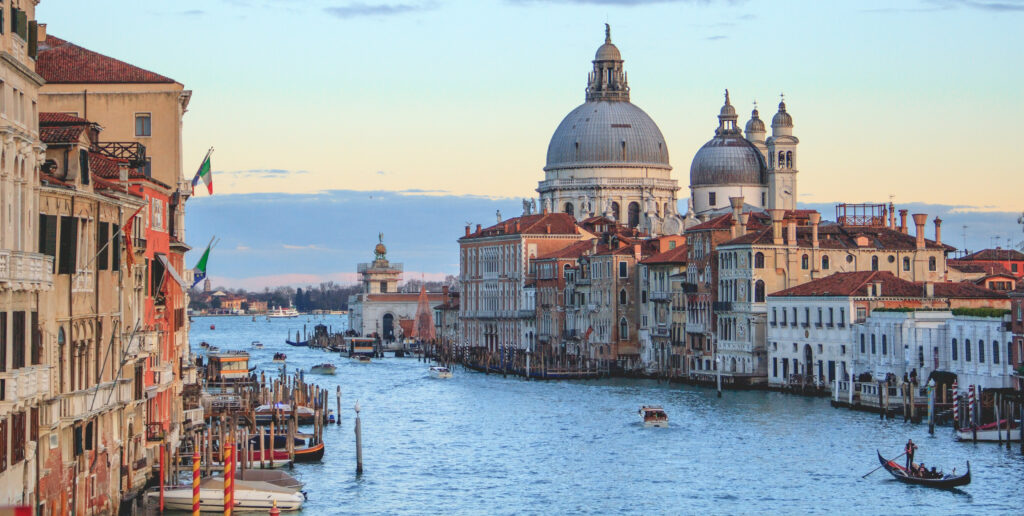
3 Jan. 2023

Venice is a city that runs on ancient and unwritten rules, including the one that gondolas are made and steered by men. Since 1884, the men of the Tramontin family have been providing the Floating City with the most exquisite and innovative handcrafted gondolas in the business. Indeed, when Domenico Tramontin opened his squero (or boatyard) he also brought numerous changes to the design of the gondolas; changes which were then adopted by every other gondola-maker in the city.
For decades, the Tramontin Squero was the official supplier of the Royal House of Savoy, as well as local institutions such as the city police and the carabinieri. When Roberto Tramontin passed away in 2018, his daughters Elena and Elisabetta inherited the workshop and became the first women in the Tramontin family to run the gondola-making business. Since then, the two sisters have done their best to both honor the memory of their ancestors and leave their own mark in the industry.
Elena Tramontin: We are two sisters and we are the fifth generation of the Tramontin family to be working in the gondola-making business. Our great-great-grandfather, Domenico, founded the Squero on the 2nd of February 1884. He was the one who made the last modification to the gondola, making it more asymmetrical. Then, to carry on with the legacy and the tradition, there were Giovanni, Nedis, and our father, Roberto.
Indeed, Domenico Tramontin not only made some significant changes to the design of the gondolas, but by making it asymmetrical, he effectively made it possible for the flat-bottomed boat to be steered by a single gondolier instead of two.
Elena: At the Squero Tramontin, the family boatyard, it is now our turn to carry on with the work of restoring and crafting gondolas. My sister and I consider ourselves fortunate to have inherited such an incredible legacy.
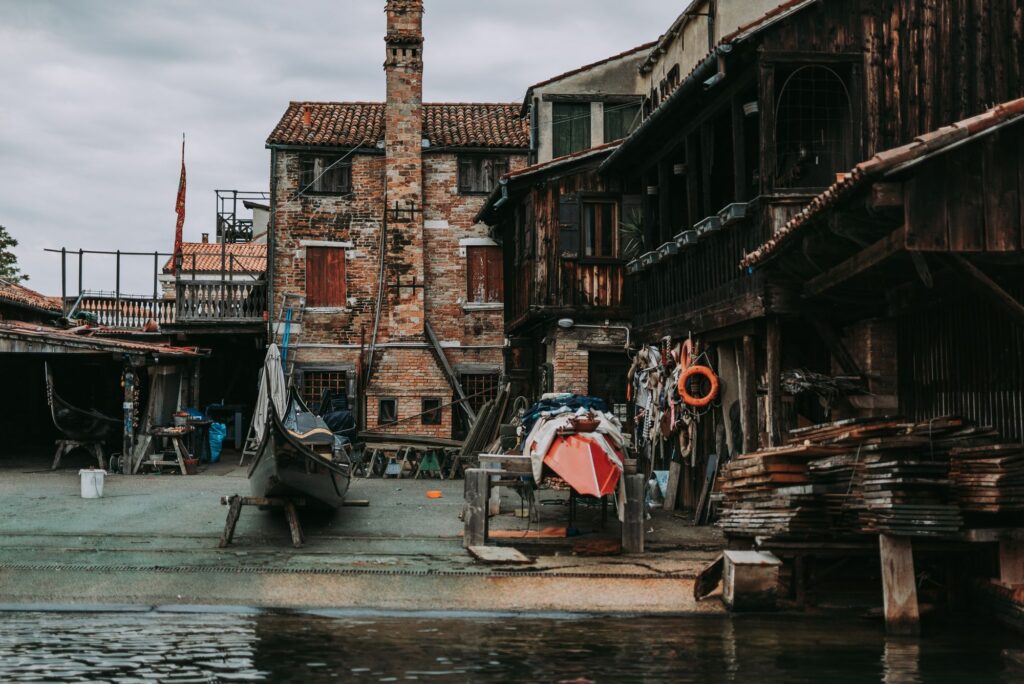
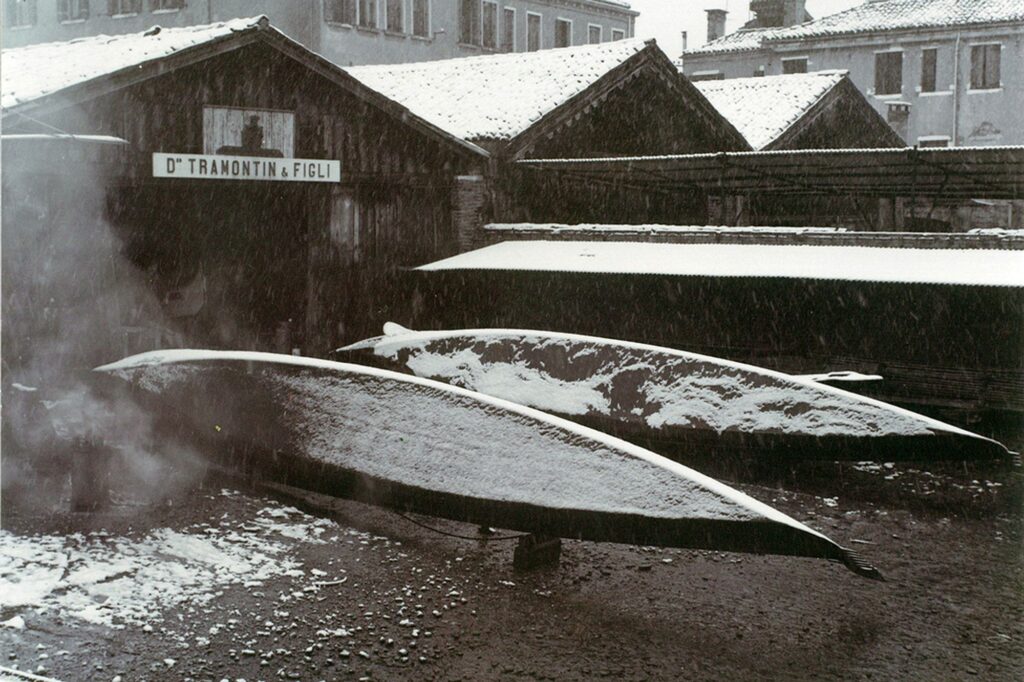
The Squero has always been a family place, and although we have never worked side by side with our father, it has always been a place where we spent time. And so, to continue with the family tradition was a natural choice.
Today, I get to work together with my sister, and we are the first women to do this job.
Elena: We had never worked with our father, and when he passed away we didn’t want the business to die with him. So, we took over the company. We wanted to keep this Venetian tradition alive, and to carry on this part of the city’s culture.
Elena: We have been learning on the go. For now, we’re only doing repairs and trying to understand as much of the work as possible. Obviously, our ultimate goal is to build a full gondola soon. We don’t know yet when that might be possible, but that’s what we are working towards.
We found our father’s notebook with all his secrets, and we are driven to keep the legacy alive, and to make our family proud.
Elena: I used to be a photographer and I had a store in Venice where I would reuse the parts of gondolas to make jewelry, and such… My sister went to art school.
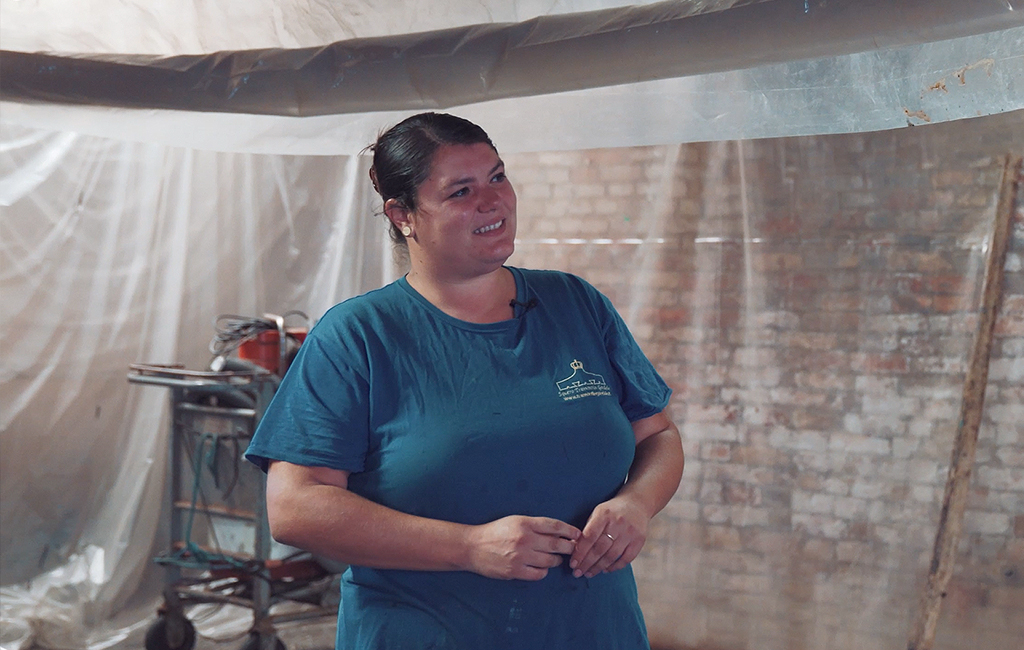
Today, with my sister, we restore gondolas to keep the family business alive. Elisabetta is in charge of scheduling and planning what we have to do because she knows more about the business, and she knows how to work on the boat. She is also more apt at the physical labor and techniques. I am more in charge of public relations; I organize the visits to show the real life of the artisans of Venice.
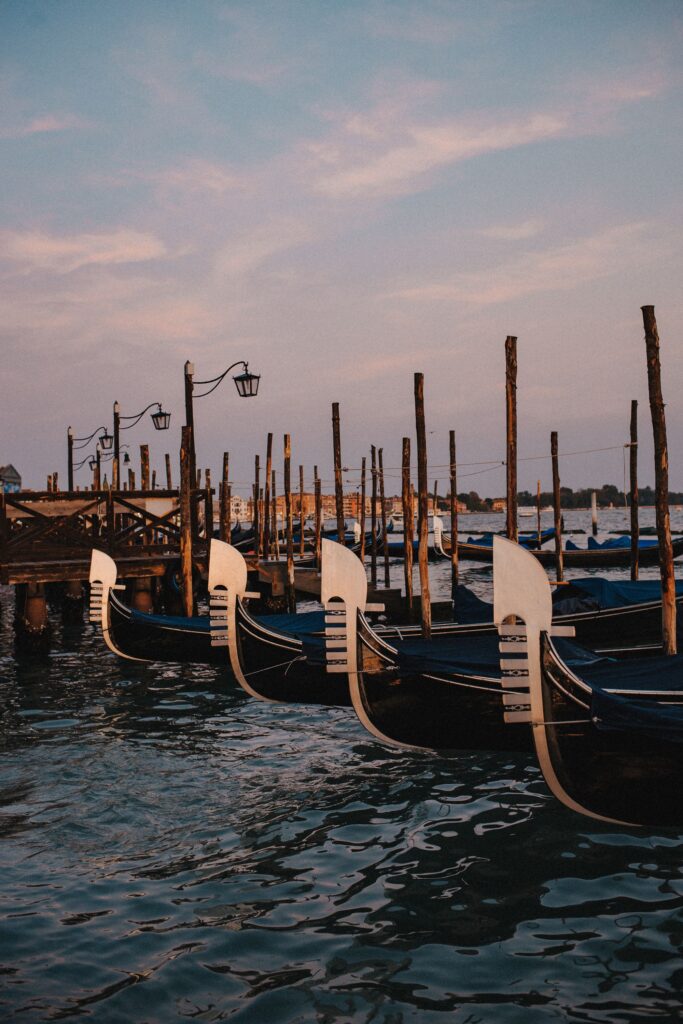
Elena: There are only a few squeros in Venice, about 4. The squero is more of a Venetian tradition, there are no other squeros in the world. In Venice there are about 5,000 gondolas, more or less.
There were about 10,000 a few years ago because back then, gondolas were used all around the city, for all sorts of jobs and transportation.
The Tramontin gondolas have often been compared to the Italian luxury car manufacturer, Ferraris. Thanks to its unique and innovative designs, and the incredible amount of care that goes into the craftsmanship and selecting the perfect type of wood, the gondolas have earned the reputation of being incredibly sturdy and well-balanced, while also being an object of beauty and elegance.
Elena: To make a gondola, we start with 8 different types of wood. Each wood has its own characteristics, each reacts differently, and each is used differently.
For example, the front of the gondola is made of mahogany because it is resistant. Then we work with walnut because it is flexible, and it’s easier for us to shape it into the form that we want. Then the parts that don’t move are made of cherry wood and the underwater parts are made of oak. The end part is made of melese or fir.
My sister and I both work on the gondolas with our own hands. There is an independent craftsman who makes the forcola and the oar, then there are other craftsmen who make the decorations, the clothing of the gondola, the gold that is put on it and so on. And then there are also those who work the iron at the front of the gondola. It’s really a team effort!
We can work on one or two gondolas at a time per month, and the repairs can take up to three weeks.
Elena: We hope to continue doing what we do, to promote it, and be proud of it, but for us it’s natural. It’s our family history and it’s more than just a job… It’s our home!
For more exclusive interviews, stay tuned to our magazine!